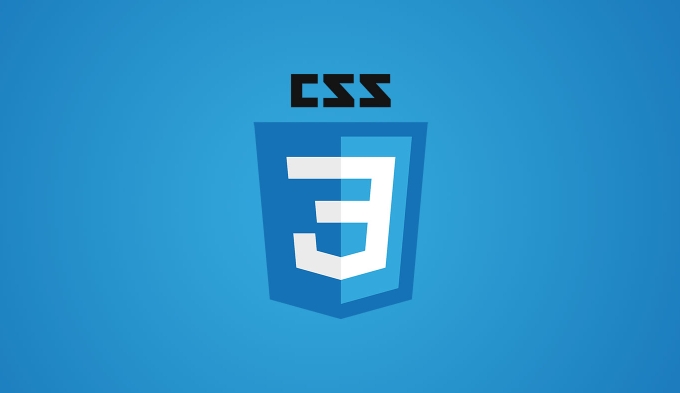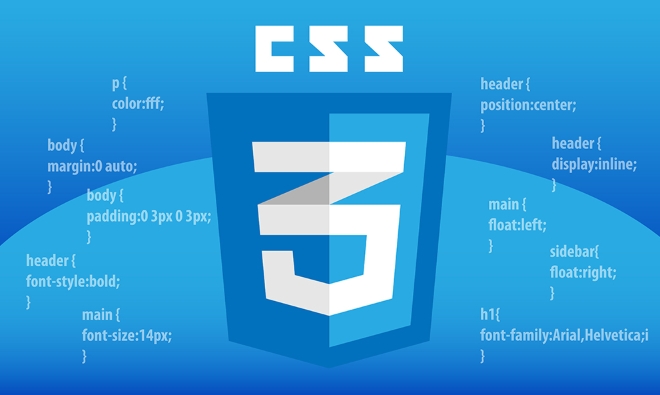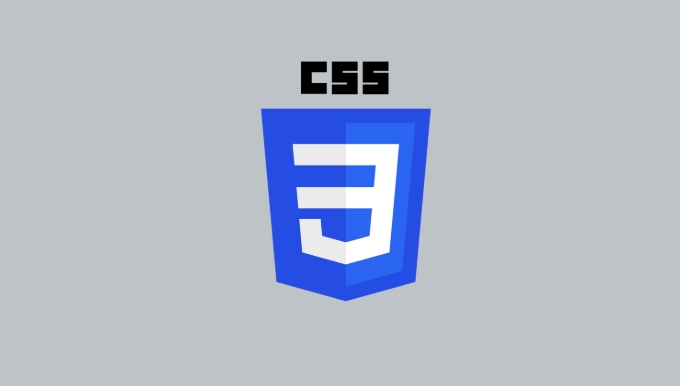The implementation of CSS scroll snap requires attention to structure and property settings. First, create a scrollable container and set scroll-snap-type; secondly add scroll-snap-align for the child elements; 1. The container needs to set overflow and scroll-snap-type, such as .container { overflow-x: auto; scroll-snap-type: x mandatory; }; 2. The child elements need to set scroll-snap-align, such as .item { scroll-snap-align: start; }; the scroll direction is determined by the axial (x or y), and the adsorption type is divided into mandatory (forced alignment) and proximity (align when close); when using it, the child elements need to be unified to avoid padding, and margin and scroll-padding are reasonably set To work with layouts, such as horizontal card lists, you can calculate widths through flex layouts in conjunction with calc to ensure correct alignment.

CSS scroll snap is a very practical function, especially in scenarios where horizontal scrolling, pagination display or precise control of the scroll position. It allows the page to "suck" to a specific location when scrolling, improving the user experience. It is not complicated to implement, but there are several key points that need attention.

Basic structure and property settings
To use scroll snap, you must first have a container that can be scrolled. Usually an element with overflow: auto or overflow: scroll set. Then add scroll-snap-type attribute to this container to tell the browser that the scrolling behavior of this container has an adsorption effect.

for example:
.container {
overflow-x: auto;
scroll-snap-type: x mandatory;
}The above code means: this container can be scrolled horizontally, and it must be adsorbed to the child elements when scrolling.

Each child element (that is the block you want it to stop) also needs to add scroll-snap-align attribute, such as:
.item {
scroll-snap-align: start;
}This way the browser knows that the element should be aligned to the start position of the container.
Rolling direction and adsorption type selection
The value of scroll-snap-type consists of two parts: axial (x or y) and type (mandatory or proximity).
- Axial : Decide whether horizontal or vertical scrolling takes effect.
- type :
-
mandatory: As long as the user stops scrolling, the nearest adsorption point will be forced to align. -
proximity: It will only automatically adsorb when the rolling action is slower or close to the adsorption point, otherwise it will be like ordinary scrolling.
-
For example, if you make a full-screen vertical scrolling website, use scroll-snap-type: y mandatory; to ensure that every swipe will stop on a complete section.
If it is a horizontal scrolling card that focuses on fast sliding experience, it may be more suitable to use proximity to make scrolling more natural.
Notes on arrangement and style of child elements
Although scroll snap seems to only need to add a few attributes to use, you will still encounter some "strange" situations in actual development. For example, sometimes the rolling cannot be done at the expected position, or the adsorption is misaligned.
This is often caused by inconsistent size, spacing, or padding settings of child elements.
A few suggestions:
- Do not add
paddingto the container at will, as it may easily affect the adsorption calculation. - The width/height of the child elements is as uniform as possible, especially when scrolling horizontally, it is best to clearly specify
.item { width: 100%; }or fixed value. - If margin is used to separate child elements, consider compensating the container with
scroll-padding. - When you arrange child elements with Flexbox or Grid, be aware that they may change the scrolling behavior.
For example, if you have a horizontally scrolled card list with 20px intervals between each card, then you can handle it like this:
.container {
display: flex;
overflow-x: auto;
scroll-snap-type: x mandatory;
scroll-padding: 0 20px;
}
.item {
flex: 0 0 calc(100% - 20px);
margin-right: 20px;
scroll-snap-align: start;
}This avoids alignment offsets due to margin.
Basically that's it. The key to implementing CSS scroll snap behavior is clear structure, unified style, and reasonable use of related attributes. It looks simple, but it is easy to cause problems if you don't pay attention.
The above is the detailed content of Implementing CSS scroll snap behavior. For more information, please follow other related articles on the PHP Chinese website!

Hot AI Tools

Undress AI Tool
Undress images for free

Undresser.AI Undress
AI-powered app for creating realistic nude photos

AI Clothes Remover
Online AI tool for removing clothes from photos.

Clothoff.io
AI clothes remover

Video Face Swap
Swap faces in any video effortlessly with our completely free AI face swap tool!

Hot Article

Hot Tools

Notepad++7.3.1
Easy-to-use and free code editor

SublimeText3 Chinese version
Chinese version, very easy to use

Zend Studio 13.0.1
Powerful PHP integrated development environment

Dreamweaver CS6
Visual web development tools

SublimeText3 Mac version
God-level code editing software (SublimeText3)

Hot Topics
 How can I include CSS only on some pages?
Jun 11, 2025 am 12:01 AM
How can I include CSS only on some pages?
Jun 11, 2025 am 12:01 AM
There are three ways to selectively include CSS on a specific page: 1. Inline CSS, suitable for pages that are not frequently accessed or require unique styles; 2. Load external CSS files using JavaScript conditions, suitable for situations where flexibility is required; 3. Containment on the server side, suitable for scenarios using server-side languages. This approach can optimize website performance and maintainability, but requires balance of modularity and performance.
 Flexbox vs Grid: Understanding the Key Differences in CSS Layout
Jun 10, 2025 am 12:03 AM
Flexbox vs Grid: Understanding the Key Differences in CSS Layout
Jun 10, 2025 am 12:03 AM
Flexboxisidealforone-dimensionallayouts,whileGridsuitstwo-dimensional,complexlayouts.UseFlexboxforaligningitemsinasingleaxisandGridforprecisecontroloverrowsandcolumnsinintricatedesigns.
 Creating an Auto-Closing Notification With an HTML Popover
Jun 10, 2025 am 09:45 AM
Creating an Auto-Closing Notification With an HTML Popover
Jun 10, 2025 am 09:45 AM
The HTML popover attribute transforms elements into top-layer elements that can be opened and closed with a button or JavaScript. Popovers can be dismissed a number of ways, but there is no option to auto-close them. Preethi has a technique you can u
 What is 'render-blocking CSS'?
Jun 24, 2025 am 12:42 AM
What is 'render-blocking CSS'?
Jun 24, 2025 am 12:42 AM
CSS blocks page rendering because browsers view inline and external CSS as key resources by default, especially with imported stylesheets, header large amounts of inline CSS, and unoptimized media query styles. 1. Extract critical CSS and embed it into HTML; 2. Delay loading non-critical CSS through JavaScript; 3. Use media attributes to optimize loading such as print styles; 4. Compress and merge CSS to reduce requests. It is recommended to use tools to extract key CSS, combine rel="preload" asynchronous loading, and use media delayed loading reasonably to avoid excessive splitting and complex script control.
 How to use Lotties in Figma
Jun 14, 2025 am 10:17 AM
How to use Lotties in Figma
Jun 14, 2025 am 10:17 AM
In the following tutorial, I will show you how to create Lottie animations in Figma. We'll use two colorful designs to exmplify how you can animate in Figma, and then I'll show you how to go from Figma to Lottie animations. All you need is a free Fig
 Breaking Boundaries: Building a Tangram Puzzle With (S)CSS
Jun 13, 2025 am 11:33 AM
Breaking Boundaries: Building a Tangram Puzzle With (S)CSS
Jun 13, 2025 am 11:33 AM
We put it to the test and it turns out Sass can replace JavaScript, at least when it comes to low-level logic and puzzle behavior. With nothing but maps, mixins, functions, and a whole lot of math, we managed to bring our Tangram puzzle to life, no J
 External vs. Internal CSS: What's the Best Approach?
Jun 20, 2025 am 12:45 AM
External vs. Internal CSS: What's the Best Approach?
Jun 20, 2025 am 12:45 AM
ThebestapproachforCSSdependsontheproject'sspecificneeds.Forlargerprojects,externalCSSisbetterduetomaintainabilityandreusability;forsmallerprojectsorsingle-pageapplications,internalCSSmightbemoresuitable.It'scrucialtobalanceprojectsize,performanceneed
 Does my CSS must be on lower case?
Jun 19, 2025 am 12:29 AM
Does my CSS must be on lower case?
Jun 19, 2025 am 12:29 AM
No,CSSdoesnothavetobeinlowercase.However,usinglowercaseisrecommendedfor:1)Consistencyandreadability,2)Avoidingerrorsinrelatedtechnologies,3)Potentialperformancebenefits,and4)Improvedcollaborationwithinteams.






